Cutting Diet: How It Works, Tips To Follow, And Meal Plan
Your guide to lean out while maximizing your gains safely and steadily!

Image: Shutterstock
Cutting diets are popular among bodybuilders, fitness enthusiasts, and those looking to lose weight effectively while maintaining muscle mass. They often follow such diets to get a shredded physique after their bulking or muscle-gaining phase. A well-planned cutting diet aims to “cut” down your calorie intake to help you lose fat while preserving your muscle mass. It promises faster results and that’s why it has gained the attention of non-bodybuilders who aim to lose weight quickly. But is it for everyone? This article explains everything you need to know about the cutting diet, how it works, meal plan, and tips to follow it properly. Keep reading to learn more.
 At A Glance: Cutting Diet
At A Glance: Cutting Diet- Principle: Focuses on increasing lean protein, vegetables, and whole grain intake, combined with physical activity.
- Purpose: To help reduce body fat percentage and maintain muscle mass.
- Who It Is For: Bodybuilders, fitness enthusiasts, and those who want to lose excess fat and get a toned physique without losing muscle mass.
- Duration: Short-term, from a few weeks to several months.
- Who Should Avoid: Pregnant and nursing women, people with metabolic disorders or any underlying health conditions, and those with extremely low body fat percentages.
- Cons: May lead to muscle loss, low energy levels, and nutrient deficiencies.
In This Article
What Is A Cutting Diet?
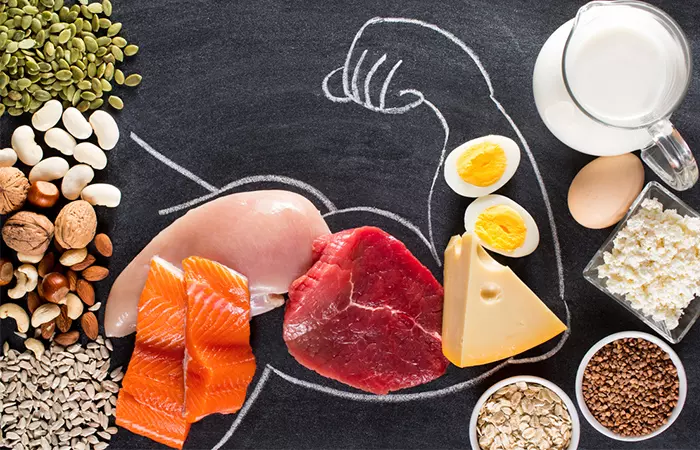
A cutting diet is a strategic eating plan mainly used by bodybuilders and fitness enthusiasts to lose excess body fat while keeping their muscle mass intact. It’s different from regular weight loss diets. It is because a cutting diet is customized to each individual’s needs and goals, with a focus on maintaining a greater protein and carbohydrate consumption. This focus on protein helps in muscle retention throughout the calorie-reduction phase, which is an important part of the cutting process. Success in cutting is about losing weight mainly from fat, not muscle.
A cutting diet goes hand in hand with regular weightlifting and resistance training. These exercises are vital for building muscle and preventing muscle loss during calorie reduction. A cutting diet usually lasts for 2 to 4 months and is timed around events like bodybuilding competitions or any special occasion (like holidays or a photo shoot) for which you would like to look toned. Its main goal is to help you lose weight by burning fat while keeping your muscles strong.
A cutting diet is all about attaining your fitness objectives by carefully controlling your calorie, protein, fat, and carbohydrate intake. Let’s get into the nitty-gritty of this diet and learn its mechanics.
Key Takeaways
- The cutting diet revolves around consuming fewer calories than you burn to shed body fat.
- Prioritize protein intake to preserve muscle while cutting calories. Choose lean sources like chicken, fish, and tofu to boost metabolism.
- Regularly track your progress, and adjust your calorie intake as per the changing weight, body composition, and metabolism.
How Does The Cutting Diet Work?
It’s a tailored approach that assures you lose body fat while maintaining muscle mass. Let’s break down the main components of a cutting diet:
- Monitoring Calorie Intake
In a cutting diet, the key is managing calories. You should eat less than you burn to lose fat. The number of calories depends on factors like weight, height, activity level, and lifestyle (1). You may calculate calories using online calorie calculators and then generate a calorie deficit. However, it is best to consult a registered dietitian to determine the number of calories you need to consume when on this diet.
For slow and lasting weight reduction, a modest deficit of 500-1000 calories per day is often suggested. Going too low can cause muscle loss, so maintaining balance is crucial (2).
- Optimizing Protein Intake
Protein is essential for muscle development and recovery in a cutting diet. Even if you follow a calorie-deficit diet, ensure the protein intake is not compromised. A high protein consumption boosts satiety and reduces fat mass (3). Because you’re consuming fewer calories and exercising often on a cutting diet, you’ll want more protein than normal (4). A simple rule of thumb to maintain muscle mass is to aim for 0.5- 3.5 g/kg per day (5). However, increase your protein intake gradually to maintain or increase muscle mass.
- Calculating Fat Intake
While it’s normal to minimize fat intake on a cutting diet, it’s important not to go too low. Fats are important for maintaining testosterone and growth hormone levels that preserve muscle (6). Ensure 20-30% of your daily calorie intake comes from fats. Each gram of fat contains 9 calories, so aim for 44-67 grams of fat per day on a 2000-calorie-reducing diet. If you work out hard, use the lower end of this range to allow for higher carbohydrate consumption (2).
- Calculating Carbohydrates Intake
Carbohydrates are the major source of energy for your body. They assist in preventing muscle loss during a cutting diet by supplying fuel for your workouts (7). After considering your protein and fat requirements, the remaining calories should come from carbs. Usually, during the fat loss phase, athletes are suggested to keep their carbohydrate intake between 2-5 g/kg body weight. However, this needs to be adjusted as per individual caloric requirements (2).
A healthy body fat percentage range in women is 20-30% in women and 12-20% in men (8). However, athletes, bodybuilders, and fitness enthusiasts may strive for a lower fat proportion. Generally, fat levels in bodybuilders range between 15% and 25.2% in females, and 9.6% and 16.3% in males. However, before the competition, the levels may further drop down to 8.1-18.3% (females) and 5.8-10.7% (males) (9).
Since this diet shouldn’t be followed for a long period, it’s best to consult a registered dietitian and a fitness trainer to customize the plan as per your individual needs. This will ensure you are not missing out on major nutrients and consuming a healthy and balanced meal. The following section highlights the foods to include and exclude from a cutting diet plan. Take a look.
Cutting Diet: Foods To Eat And Avoid
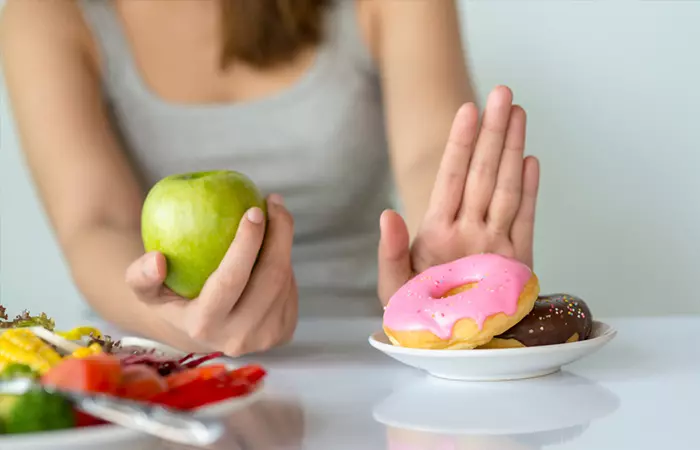
Foods To Eat
Choose foods that help you shed excess body fat while still providing essential nutrients and fiber for energy and recovery (10). Here’s a list of foods to include in your cutting diet:
- Lean meats: Beef and chicken
- Poultry: Turkey
- Fish: Salmon, halibut, and sardines
- Dark leafy greens: Kale, spinach, and collard greens
- Fruits: Cherries, grapefruits, apples, strawberries, and avocados
- Eggs
- Tofu
- Tempeh
- Whole grains: Quinoa, oats, brown rice, and whole-grain bread
- Legumes: Soybeans, chickpeas, and lentils
- Low-fat dairy: Cottage cheese and skim milk
- Nuts and seeds: Almonds, walnuts, chia seeds, and pumpkin seeds
- Protein powders: Whey, hemp, rice, and pea protein
 Quick Tip
Quick TipFoods To Avoid
The success of your cutting phase largely depends on what you eat and, more importantly, what you avoid. Here’s a comprehensive list of foods to steer clear of while on a cutting diet:
- Sausages and bacon
- Soda and sugary drinks
- Fried foods
- Processed foods and cheeses
- White bread
- Candy
- Cookies
- Cakes
- Beer and high-calorie alcohol
- High-fat dairy
- Processed condiments and dressings
Remember, the key to a successful cutting diet is creating a calorie deficit, where you burn more calories than you consume. Also, do regular exercise to achieve your cutting goals effectively.
Following a cutting diet is all about being mindful of your daily calorie goals. That involves carefully planning your meals and macronutrients to replenish your muscles. The following section contains a breakdown of what a typical day of “cutting” looks like. This will give you an idea about how to plan your meals and calorie intake.
Sample 1-Day Cutting Diet Meal Plan

Breakfast
- One serving of ham, mushroom, and spinach frittata (approximately 230 calories)
- One cup of shake with banana, blackberries, strawberries, raspberries, water + honey (approximately 130 calories)
Morning Snack
A handful of berries, grapes, or strawberries (approximately 20-52 calories)
Lunch
One serving of brown rice cooked with chicken and broccoli (approximately 300 calories)
Post-Workout Snack
One apple along with 1-2 tablespoons of almond butter (approximately 270 calories)
Dinner
One serving of chicken stew cooked with quinoa and beans (approximately 330 calories)
Total Calories For The Day: Approximately 1280-1312 calories
 Pro Tip
Pro TipCutting calories doesn’t mean you have to limit your food selections. The cutting diet meal plan for bodybuilding need not be restrictive. Ensure you include a variety of nutritious foods and practice portion control. Here is a complete 12-week bodybuilding cutting diet meal plan.
12-Week Cutting Diet Plan For Bodybuilding
A well-structured cutting diet is key to achieving your bodybuilding goals. In this 12-week cutting diet plan, we’ll provide you with a simple yet effective meal guide to help you shed body fat and reveal those hard-earned muscles.
| Breakfast | Snack | Lunch | Snack | Dinner | |
| Monday | 2 scrambled eggs with 1/2 cup mushrooms, 1/2 cup of oatmeal, and 1 pear | 1/2 cup of low-fat cottage cheese with 1/2 cup of blueberries | 4 oz of venison burger, 1/2 cup of cooked white rice, and 1 cup of steamed broccoli | A glass of protein shake and one medium-sized banana | 4 oz of salmon, 1/2 cup of quinoa, and 1 cup of steamed asparagus |
| Tuesday | 2 protein pancakes with 1 tablespoon of light syrup, 1 tablespoon of peanut butter, and ½ cup of raspberries | 2 hard-boiled eggs and 1 medium-sized apple | 4 oz of sirloin steak, 1 medium-sized sweet potato, and a cup of spinach salad with vinaigrette dressing | A glass of protein shake and 1 medium-sized peach | 4 oz of ground turkey with ½ cup of marinara sauce over ½ cup of whole-grain pasta, served with a side of grilled cauliflower |
| Wednesday | 2 chicken sausages, 2 eggs, ½ cup of roasted potatoes, and 1 medium-sized apple | 1 cup of Greek yogurt with ½ cup of strawberries and ¼ cup of almonds | 4 oz of turkey breast, ½ cup of cooked basmati rice, and ½ cup of sautéed mushrooms | A glass of protein shake and 1 cup of grapes | 4 oz of mackerel, ½ cup of brown rice, 1 cup of asparagus, and 1 cup of salad with vinaigrette dressing |
| Thursday | 4 oz of ground turkey, ¼ cup of cheese, and 1 poached egg served with salsa in a whole-grain tortilla | 1 cup of yogurt with ¼ cup of granola and 1 medium-sized pear | 4 oz of chicken breast, 1 medium-sized baked potato with 2 tablespoons of sour cream, and 1 cup of steamed broccoli | A glass of protein shake and 1 cup of mixed berries | ½ cup of brown rice stir-fried with 4 oz of shrimp, 1 egg, and mixed vegetables (bell peppers, peas, and carrots) |
| Friday | ½ cup of Greek yogurt parfait with ½ cup of blueberries, ½ cup of strawberries, and ½ cup of overnight oats | 1-2 jerky, a small handful of mixed nuts, and 1 medium-sized orange | 4 oz of tilapia filets with lime juice, ½ cup of black beans, ½ cup of pinto beans, and a cup of seasonal veggies | A glass of protein shake and 1 cup of watermelon | 4 oz of ground beef, ½ cup of corn, ½ cup of brown rice, ½ cup of green peas, and ½ cup of green beans |
| Saturday | 4 oz of ground turkey, 1 egg, ¼ cup of cheese, and 1/2 cup of corn and bell pepper salsa | A can of tuna with 1-2 whole-grain crackers and 1 medium-sized apple | 4 oz of tilapia fillet, 1 cup of potato wedges, 1 cup of steamed broccoli and cauliflower | A glass of protein shake and 1 medium-sized pear | 1 cup of diced beef with ½ cup of rice and ½ cup of pico de gallo |
| Sunday | 2 eggs (sunny-side up), with 2 slices of whole-grain avocado toast and a side of fresh fruits | 1-2 protein balls with 1 tablespoon of almond butter and 1 medium-sized orange | 3 oz of sliced pork tenderloin with roasted garlic potatoes, 1 cup of green beans, and ½ cup of carrots | A glass of protein shake and 1 cup of strawberries | 1 serving of Turkey meatballs with ½ cup of marinara sauce, ¼ cup of Parmesan cheese over ½ cup of whole-grain pasta, and a side of sautéed kale |
This is a sample cutting diet plan for just one week. Now, when planning for 12 weeks, focus on cutting down your calorie intake gradually. Instead of cutting 300-500 calories at once from your maintenance calorie levels, start with reducing 100-200 calories. Here is a breakdown of your calorie intake for a 12-week cutting diet plan:
Week 1: Maintenance level
Week 2-4: Cut 100-200 calories from the maintenance level
Week 5-8: Cut 200-300 calories from the maintenance level
Week 9-10: Cut 300-500 calories from the maintenance level
Week 11: Cut 200-300 calories from the maintenance level
Week 12: Cut 100-200 calories from the maintenance level
However, remember that this is a rough estimation to help you get an idea about calorie cutting and will differ from person to person. The values need to be adjusted as per your total calorie intake and your individual fitness goals. Therefore, consult a nutritionist and a fitness expert to get a personalized diet plan.
A cutting diet plan will help you steadily lose body fat while maintaining muscular mass. Remember to keep up with your physical workout routine and track your progress along the way. Before beginning any new diet plan, always speak with a nutritionist or fitness professional, especially if you have unique nutritional needs or health issues.
If you are aiming for weight loss through a cutting diet you need to consider a few factors. Keep reading to explore effective strategies to shed those extra pounds while maintaining your muscle mass.
Cutting Diet For Weight Loss: Things to Consider

- Calculate Your Daily Caloric Needs
First things first, figure out how many calories you must consume each day. The daily calorie requirement will differ from person to person and is based on factors like gender, weight, fitness levels, height, etc. Consult a registered dietitian to understand your daily caloric requirement.
- Determine Your Weight Loss Calories
Once you know your daily caloric requirement, you have to determine how much to cut in order to create a caloric deficit. You’ll need to consume fewer calories than you burn to lose weight.
Aim for a weekly weight loss of around 0.5 to 1% of your body weight.
- Stay Hydrated
It is essential to keep yourself hydrated in a cutting diet. It helps control your appetite and may even boost your metabolic rate by inducing thermogenesis (heat production) in your body (12). Water is the ideal beverage as it contains no calories or artificial additives.
- Monitor And Adapt
Track your daily calorie and macronutrient intake, and meals you consume. Ensure that you are getting enough nutrients. You may also need to adjust your daily calorie intake to account for your decreasing body mass and changing metabolism. Also, review your body composition to assess your nutritional status, and fat and muscle mass.
Also, let’s not forget that everyone’s body is unique, so it’s essential to listen to your own cues and consult with a healthcare professional or nutrition expert if needed. Let’s discuss some of the easy and effective tips for maintaining the right macronutrient balance in your cutting diet plan. These tips will help you stay on track!
Tips To Maintain Macronutrients Intake On A Cutting Diet
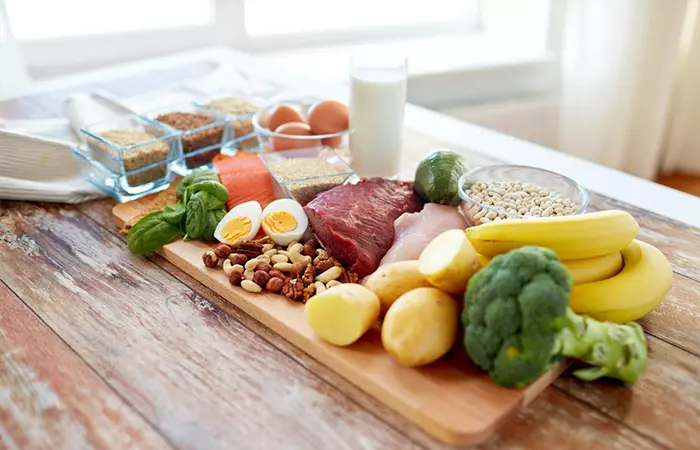
Maintaining the macronutrient balance in your cutting diet plan is crucial for achieving your weight loss goals while preserving muscle mass. Here are some practical tips to help you achieve just that:
- Mind Your Carbohydrates
Select carbohydrates wisely. Opt for fiber-rich sources like non-starchy vegetables, brown rice, whole grains, and fruits. These provide essential nutrients and keep you feeling full longer.
- Avoid Processed Sugar
Steer clear of sugary drinks such as packaged energy drinks, sports beverages, and sodas. These can spike your blood sugar levels and increase your appetite. Instead, choose healthier options like shakes and smoothies that are full of nutrients.
- Plan Your Meals
Prepare and plan your meals. Ensure that you include a variety of fruits, vegetables, whole grains, poultry, and meat in your shopping list. Planning also helps you avoid the temptation of unhealthy options when you are hungry. This way you can stick to your diet plan and make nutritious choices.
- Consume Frequent Meals
Opt for 5-6 small meals throughout the day rather than just a few large ones. This consistent nutrient intake ensures your body stays replenished and improves your workout performance, recovery, and overall nutrient absorption.
It’s also important that you workout regularly, keep rest times short, and focus on compound movements. This approach can help maximize fat loss and preserve muscle mass. Avoid pushing your body. If you start feeling overtrained, go easy on yourself by reducing the number of exercises, sets, or the load for each exercise.
- Track Your Progress
Keeping track of what you eat is a great way to make sure you are getting enough of the right nutrients. By writing down everything you eat and checking the nutrition facts, you can see if you are on track with your diet goals. It will also help you make smart choices about what to eat.
By following these tips, you can maintain the right macronutrients in your cutting diet plan, making it more effective for achieving your weight loss and muscle preservation goals.
Infographic: A Guide To The Cutting Diet Foods List
The cutting diet involves calorie restriction and increased protein intake, making it a popular choice for those looking to get lean. It is a focused approach to shedding body fat while maintaining muscle mass. The infographic below provides a breakdown of the foods to eat and avoid on a cutting diet to help you get started. Check it out!

Illustration: StyleCraze Design Team
A cutting diet is a specialized eating plan that is popular among bodybuilders and fitness enthusiasts. This bodybuilding diet is designed to help you shed that extra body fat while keeping your precious muscles intact. The key to a successful cutting diet is creating a calorie deficit, where you consume fewer calories than you burn. Alongside this, it’s crucial to hit the gym regularly, doing weightlifting and resistance training to make sure the weight you lose is mainly fat, not your hard-earned muscle. However, this diet is not meant to be followed for an extended period and needs to be tailored to suit individual needs. It requires you to constantly monitor your progress and make adjustments as necessary. Therefore, consult a healthcare professional before starting it.
Frequently Asked Questions
Is a cutting diet good for you?
Cutting diets can be effective for weight loss, but should be done in a balanced and sustainable way to avoid health risks. It should be approached carefully to ensure you still get essential nutrients and avoid potential health risks associated with extreme calorie restriction. Consulting a healthcare professional or nutritionist is advisable.
How often should I eat for cutting?
During cutting, eating 4-6 small meals per day can help regulate appetite and maintain energy levels.
Is 3 months enough for cutting?
Three months can be a reasonable duration for losing weight. However, results vary based on individual objectives, starting points, and diet plan adherence. Work with a fitness trainer and a dietitian to monitor your progress.
Can you gain muscle while cutting?
Yes. However, while it’s challenging to gain muscle while cutting, preserving existing muscle is possible with proper nutrition and strength training.
Can you build muscle while consuming 1500 calories a day?
Building muscle on 1500 calories a day is difficult since it normally does not give enough energy and nutrients for muscle growth. Most people require a calorie surplus as well as appropriate protein and minerals to successfully grow muscle.
How do you train when cutting?
Focus on complex workouts, and strength training, and add cardio to your workout routine for calorie burning when cutting.
Should a beginner start a cutting diet?
Beginners should prioritize building a solid fitness foundation before starting a cutting diet to achieve better results.
Illustration: Week Cutting Diet For Weight Loss & How It Works
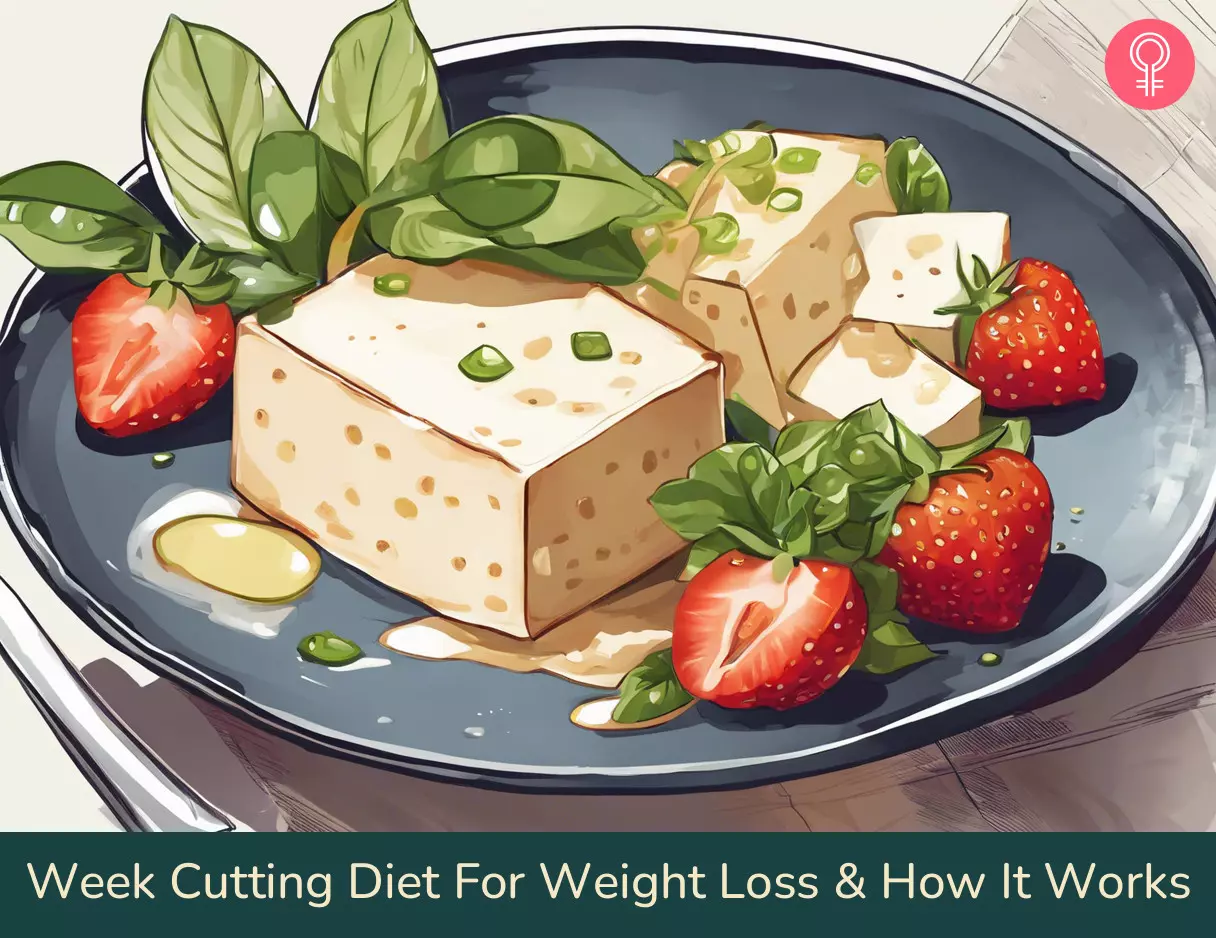
Image: Stable Diffusion/StyleCraze Design Team
Want to shed fat quickly and effectively? Check out this video on cutting diets; it’s packed with smart tips to help you reach your fitness goals faster.
References
Articles on StyleCraze are backed by verified information from peer-reviewed and academic research papers, reputed organizations, research institutions, and medical associations to ensure accuracy and relevance. Read our editorial policy to learn more.
- Calories
https://www.ncbi.nlm.nih.gov/books/NBK499909/ - Achieving an optimal fat loss phase in resistance-trained athletes: a narrative review
https://www.ncbi.nlm.nih.gov/pmc/articles/PMC8471721/ - The role of protein in weight loss and maintenance
https://pubmed.ncbi.nlm.nih.gov/25926512/ - Recent perspectives regarding the role of dietary protein for the promotion of muscle hypertrophy with resistance exercise training
https://www.ncbi.nlm.nih.gov/pmc/articles/PMC5852756/ - Dose-response relationship between protein intake and muscle mass increase: a systematic review and meta-analysis of randomized controlled trials
https://pubmed.ncbi.nlm.nih.gov/33300582/ - Low-fat diets and testosterone in men: Systematic review and meta-analysis of intervention studies
https://pubmed.ncbi.nlm.nih.gov/33741447/ - The important role of carbohydrates in the flavor, function, and formulation of oral nutritional supplements
https://pubmed.ncbi.nlm.nih.gov/29890616/ - Healthy body weights: an alternative perspective
https://pubmed.ncbi.nlm.nih.gov/8615340/ - Body Composition of Competitive Bodybuilders: A Systematic Review of Published Data and Recommendations for Future Work
https://pubmed.ncbi.nlm.nih.gov/36727905/ - The Role of Fiber in Energy Balance
https://pubmed.ncbi.nlm.nih.gov/30805214/ - High Fiber Diet
https://www.ncbi.nlm.nih.gov/books/NBK559033/ - Effect of ‘Water Induced Thermogenesis’ on Body Weight, Body Mass Index and Body Composition of Overweight Subjects
https://www.ncbi.nlm.nih.gov/pmc/articles/PMC3809630/
Read full bio of Mary Sabat
Read full bio of Sindhu Koganti
Read full bio of Arshiya Syeda
Read full bio of Payal Karnik






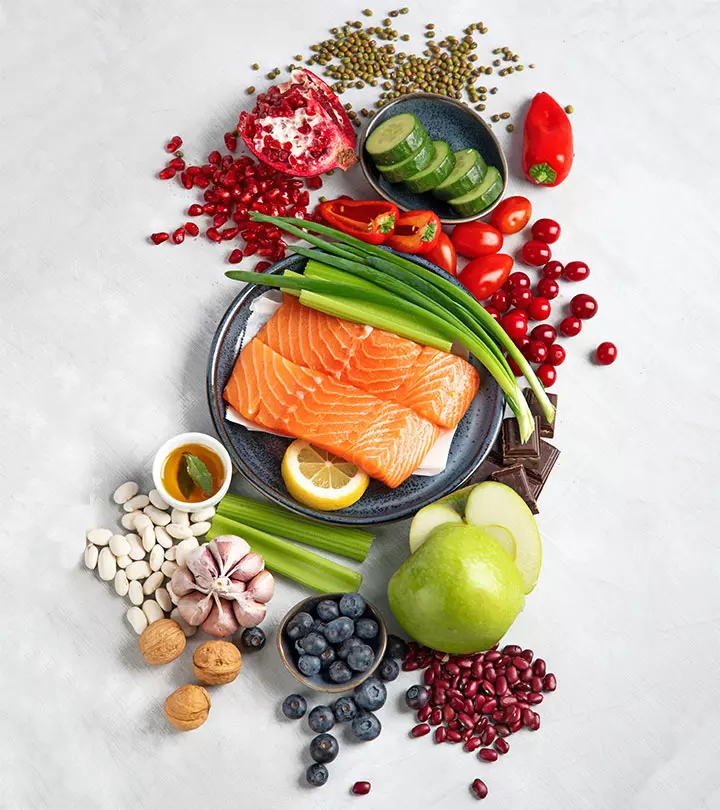

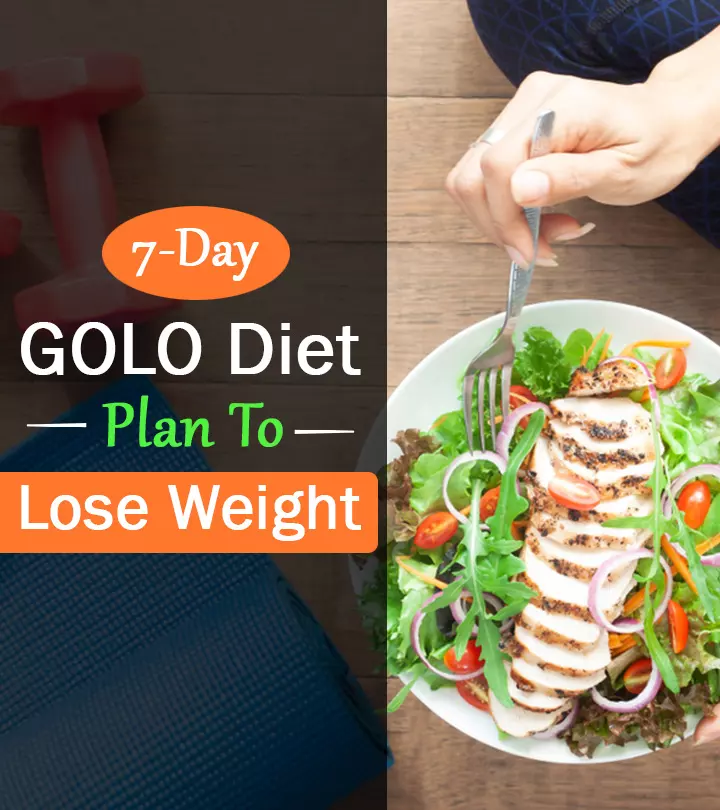


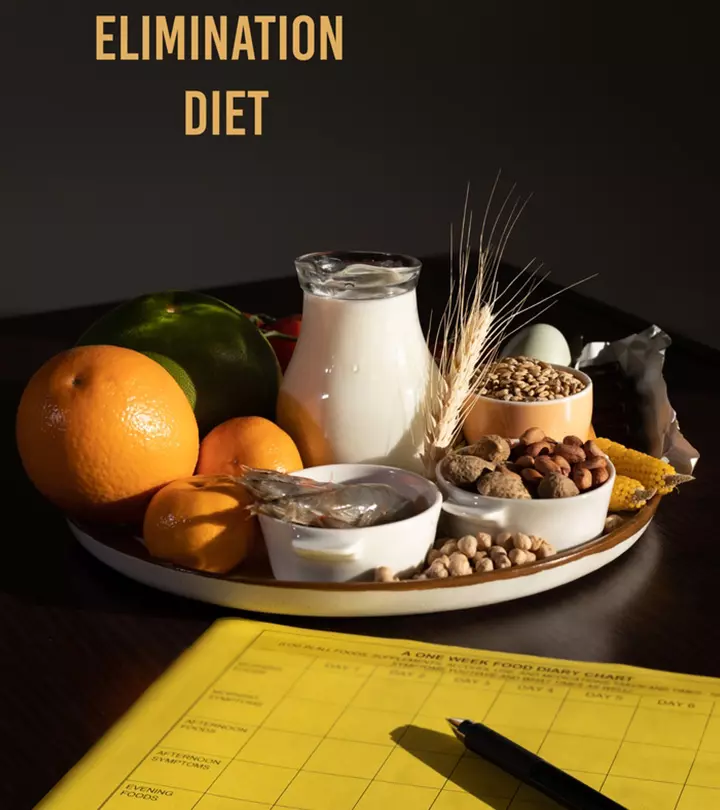

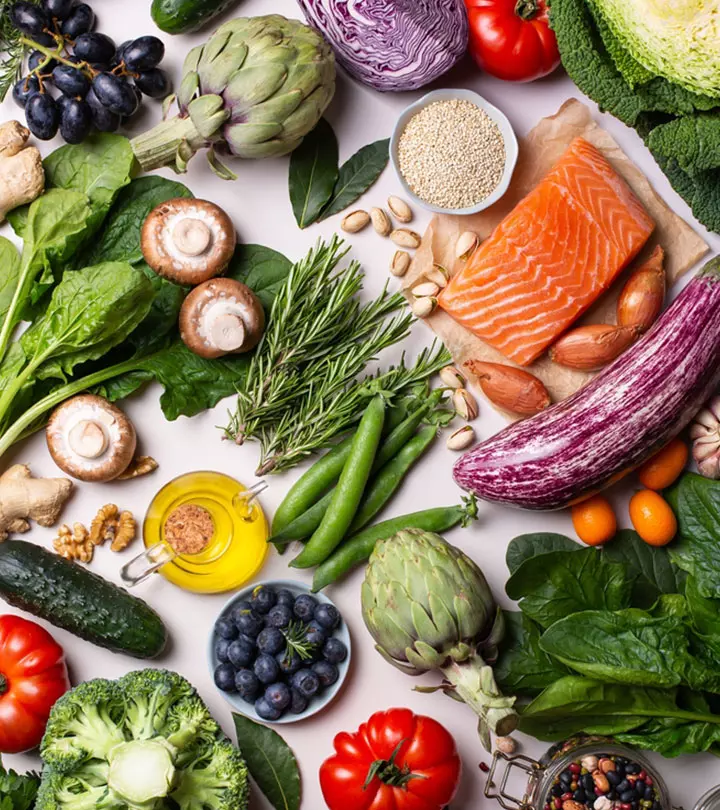
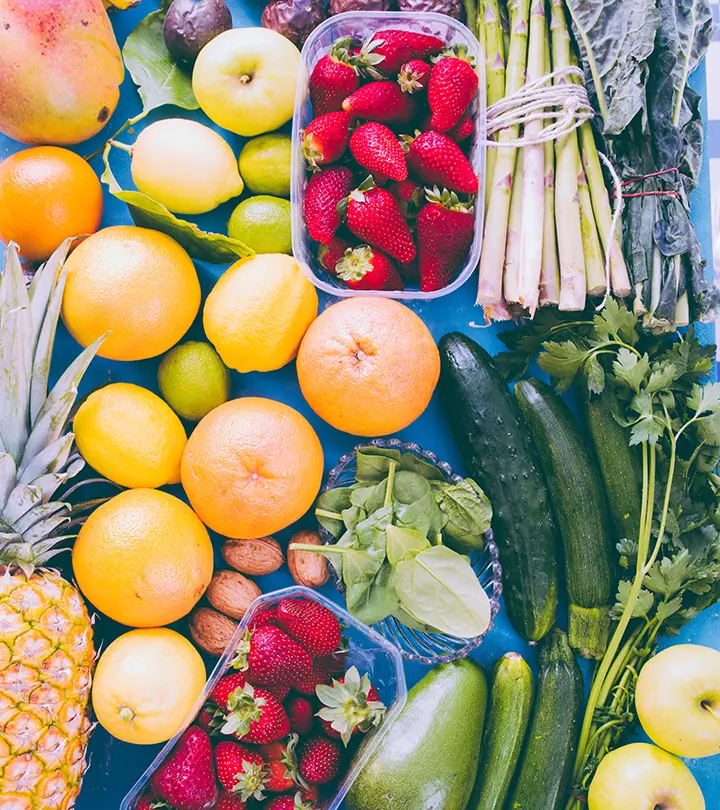

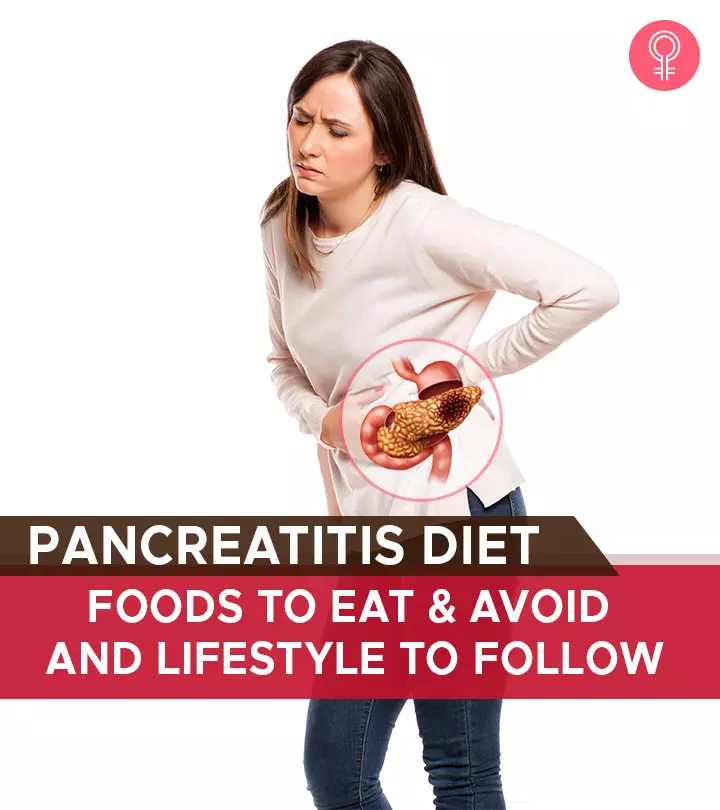


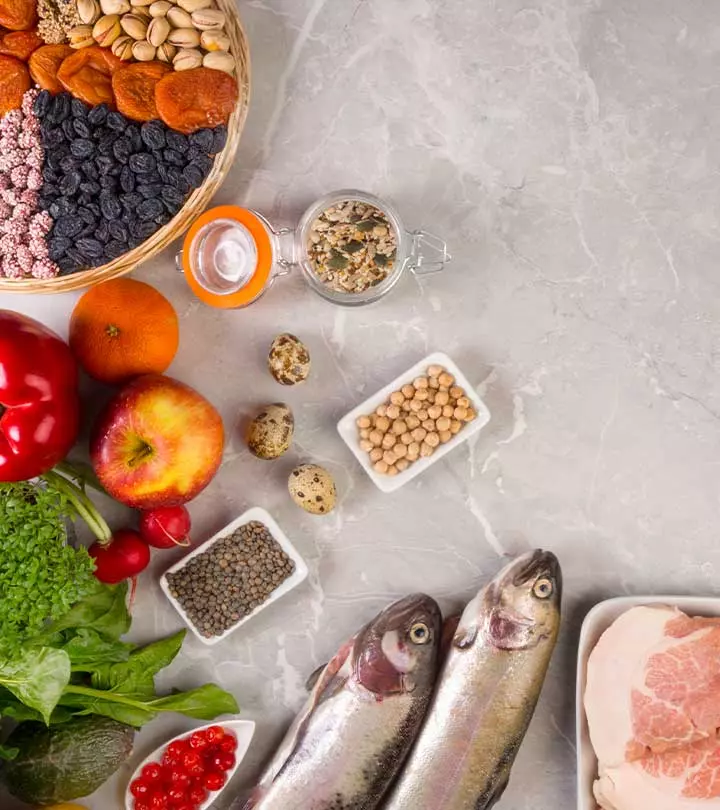



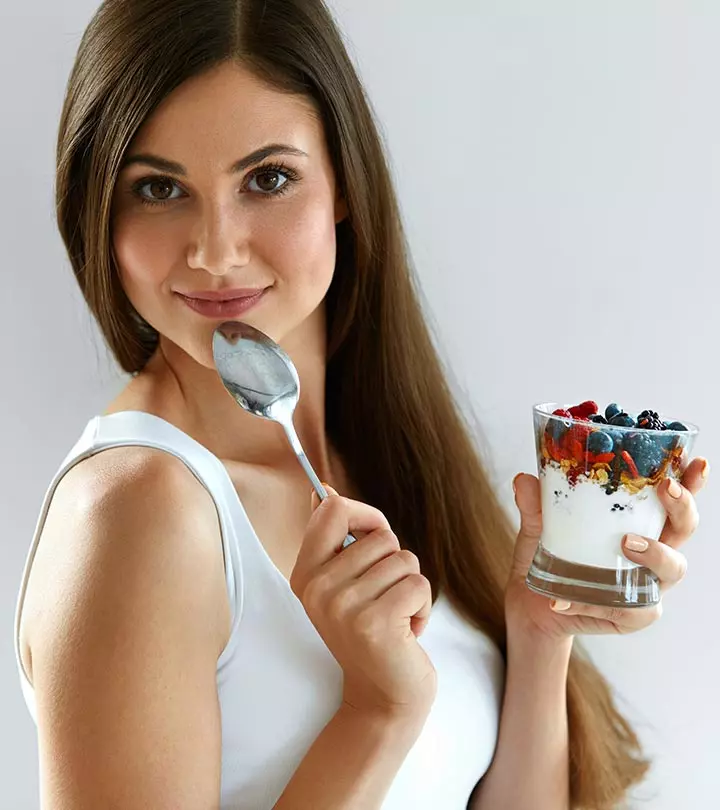
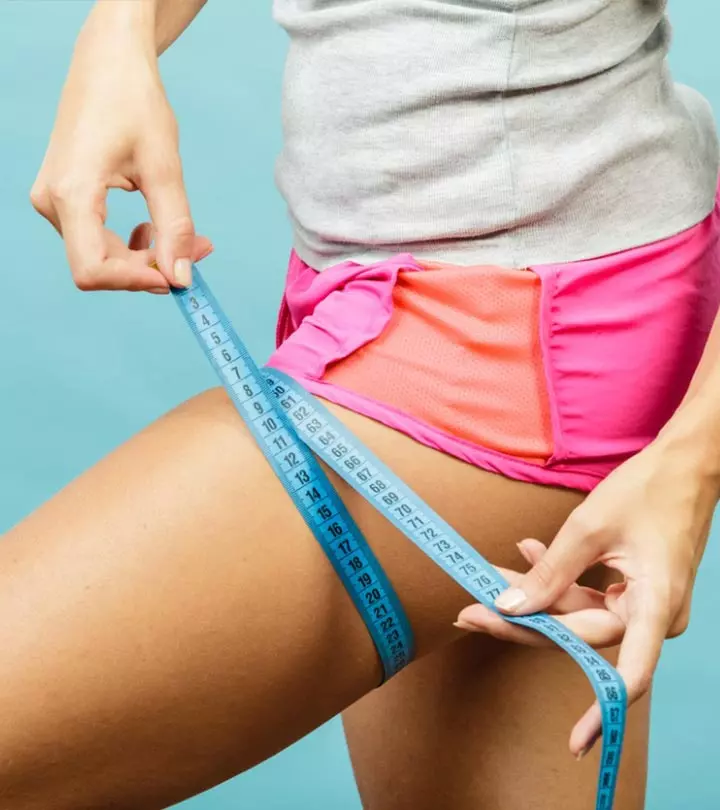

Community Experiences
Join the conversation and become a part of our empowering community! Share your stories, experiences, and insights to connect with other beauty, lifestyle, and health enthusiasts.